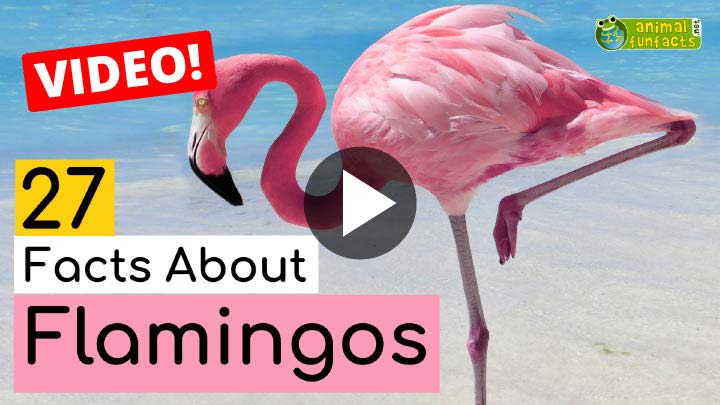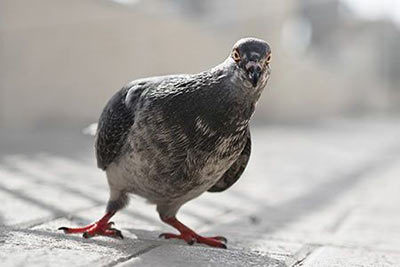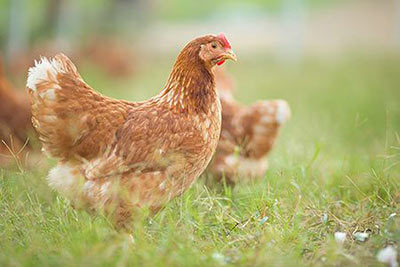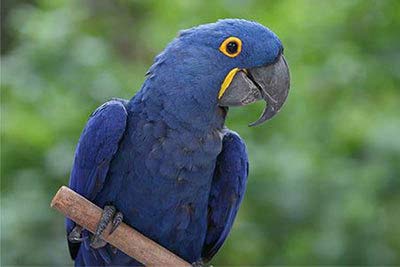Flamingo
Flamingo Facts
| Size | 40-55 in (100-140 cm); 37-65 in (95-165 cm) (wingspan) |
| Speed | 30-37 mph (50-60 km/h) |
| Weight | 4-6 lb (1.8-2.8 kg) |
| Lifespan | 20-30 years |
| Food | Crustaceans, algae |
| Predators | Birds of prey, wild dogs |
| Habitat | Africa, Central and South America, Asia, Europe |
| Order | Flamingos |
| Family | Flamingos |
| Scientific name | Phoenicopterus |
| Characteristics | Curved bill, sleeps on one leg |
Main Characteristics
Flamingos are birds that stand out thanks to their pink plumage and habit of sleeping while standing on one leg. There are six different species: the greater flamingo, Chilean flamingo, lesser flamingo, Caribbean flamingo, Andean flamingo and puna flamingo.
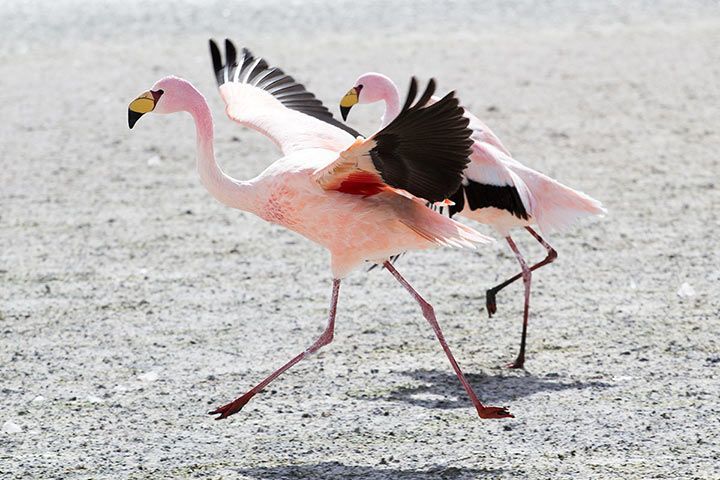
Species
Flamingos were considered part of the stork family, then the waterfowl family, then shorebirds... biologists are now back to thinking they’re part of the stork family again. Or maybe the grebes. It’s complicated!
Distribution and Habitat
Distribution
American flamingo: Africa, Asia, Europe
Andean flamingo: Peru, Chile
Chilean flamingo: South America
Greater flamingo: Europe, Asia, Africa
James’ flamingo: Chile
Lesser flamingo: Africa
Habitat
The flamingo’s natural habitat is alkaline or saltwater lakes. The pH value shows how alkaline or acidic a liquid is. 0 is very acidic and 14 is very alkaline. Flamingos prefer alkaline water. This is generally an environment where hardly any other animals live - apart from those that can live in these conditions as well as flamingos: small organisms like crustaceans.
Anatomy and Appearance
Color
Why are flamingos pink? Flamingos obtain their flashy pink color from their food. The algae and crustaceans on the flamingo’s menu contain certain color pigments which are responsible for the pink tinge. All flamingos have this bright to flashy pink color in common except for the Andean flamingo, which is the only species with yellow legs.
Legs
Why do flamingos have long legs? With their long legs Flamingos are able to wade into the deeper water and gather food other birds cannot reach.
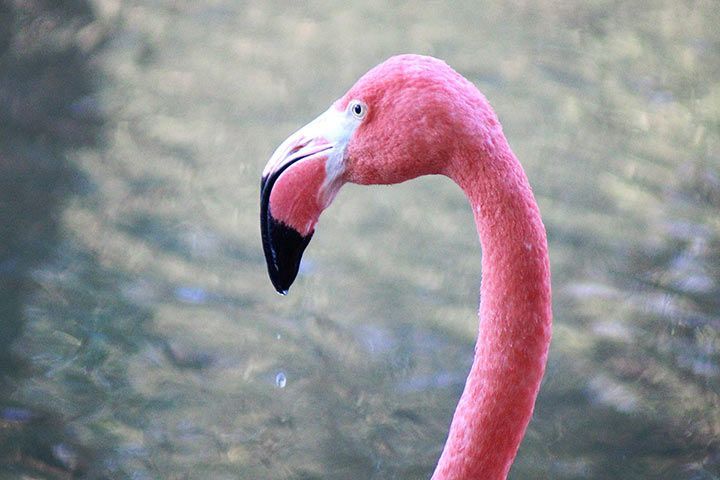
Behavior
Why Do They Stand on One Leg?
There are many theories about this mystery. Standing on one leg probably helps them to conserve their body heat more efficiently and save energy. As soon as the leg is hidden under the feathers and no longer exposed to the cold water, the heart does not need to pump as much blood through the veins.
How Do They Eat?
Flamingos gather water and mud with their bills and then pump it out again through the sides of their bills. The little crustaceans and algae are filtered by the lamellae of the so-called sieve beak.
Gregarious Animals
Flamingos are very sociable. Sometimes they live in groups of more than 10,000 birds. Groups of more than one million lesser flamingos have been sighted at Lake Natron in Tanzania (East Africa).
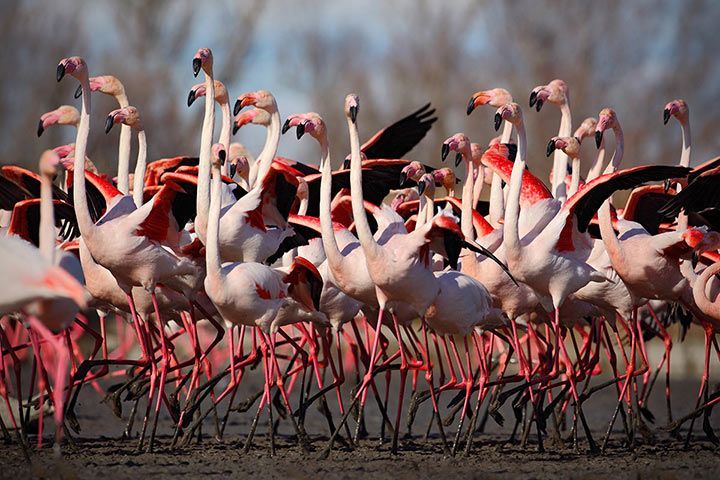
Senses and Abilities
Can They Fly?
Yes! But they have to take a run-up in order to reach the required speed. When flying through the air, they quickly and permanently flap their wings most of the time. Even in the air they love to socialize and fly in large groups.
Flamingo Moves
If you take your time to watch, flamingos perform several funny moves. The zoologist Phil Kahl documented them with their official names:
-
Head-flagging: The flamingo stretches its neck and head up in the air and tilts it from side to side.
-
Wing-salute: The flamingo displays different plumage colors by spreading its wings.
-
Twist-preen: The flamingo turns its neck backwards and quickly moves its bill through the feathers.
-
Marching: The flamingos march in one direction like a brass band before they suddenly stop and change the direction.
Reproduction
The nest of the flamingo is not much more than a hollow in the mud and therefore not particularly inviting. It is about 12 in (30 cm) high so that the eggs cannot be washed away by the flood. After hatching, a flamingo baby stays between 5 and 12 days in its nest and is fed with a special milk from the upper intestinal tract (yummy!). Therefore, both flamingo dad and mum are able to feed their offspring. Even other flamingos can help.
Fun Facts
These birds appear in hieroglyphics from ancient Egypt as well as Stone Age cave drawings.
Video: 27 Facts About Flamingos
(Video opens on YouTube)















